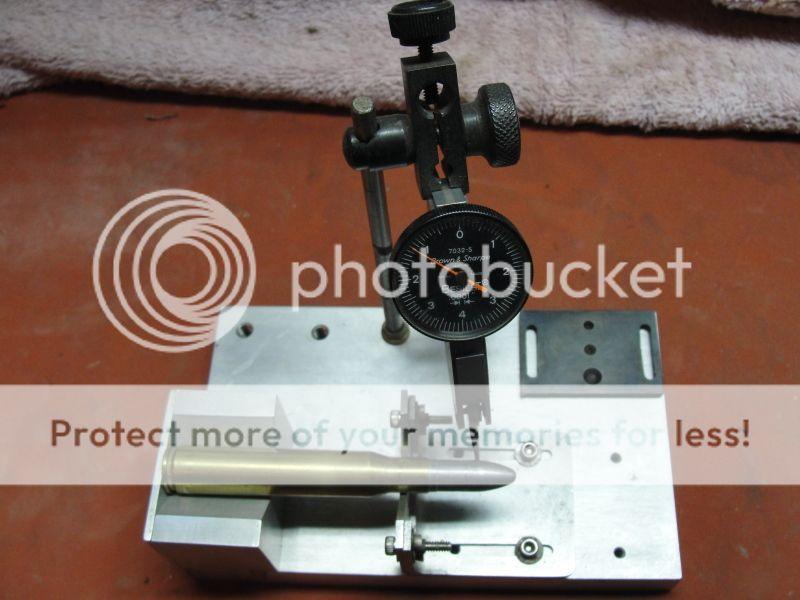Heya Rick...
I got a Hornady concentricity gage and found that by using it, there was no appreciable difference in those bullets that were concentric, vs those that I used the tool to make concentric. After several tests all confirming the above statement... I took it back for a refund at sportsmans warehouse, which I almost never do.
What I found was that by switching my seating dies to forster ultras, and my neck dies to lee collet, accuracy improved dramatically across the board, so much so that I am shooting out to 600 yards and consistently getting 5 round groups in a 2.5x3.5" rectangle.
Now I'm pretty sure that concentricity matters, but I believe that your dies and setup need to be responsible for it, as opposed to something like the Hornady tool which forces the round after it's been created, into concentricity. I was pretty sold on the idea until I put it into action. To say the results were disappointing would be an understatement.
Now I don't worry about concentricity so much, as to what kind of groups my ammo gives me at the ranges I'm shooting. That's all that really matters to me, and so I haven't bothered with concentricity since.
Good luck!

